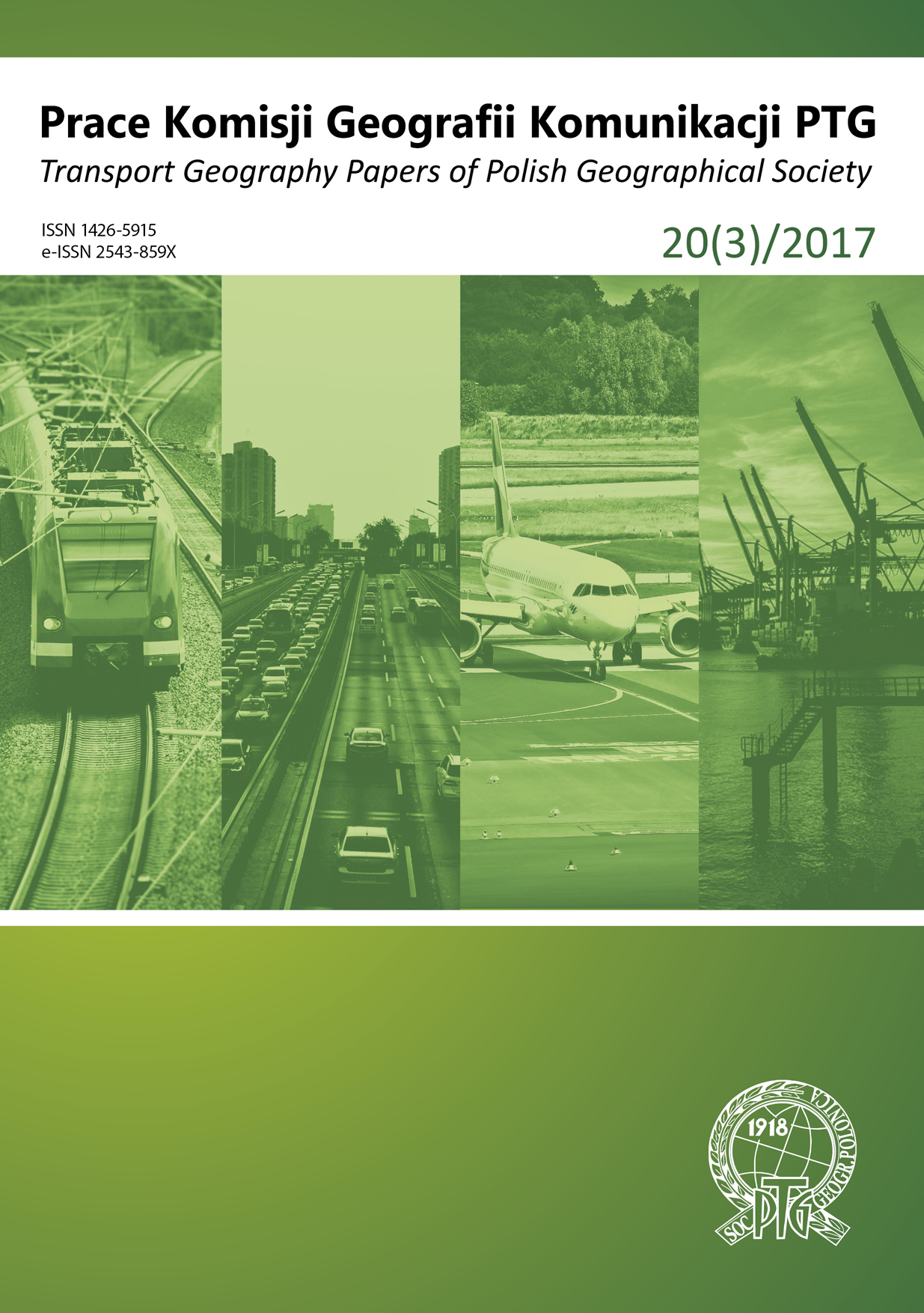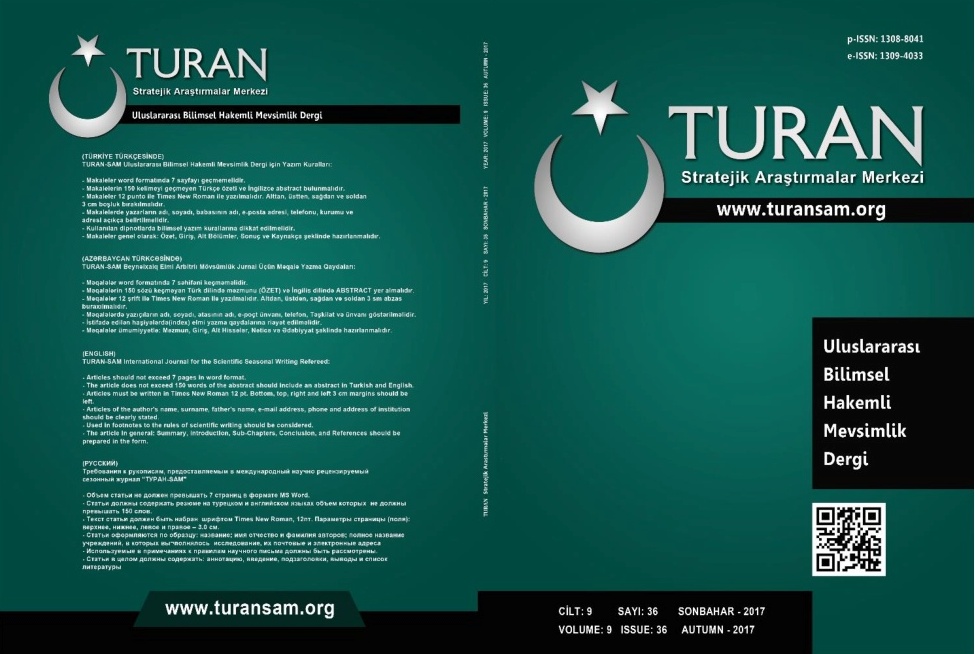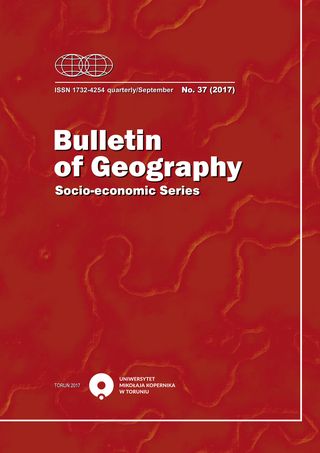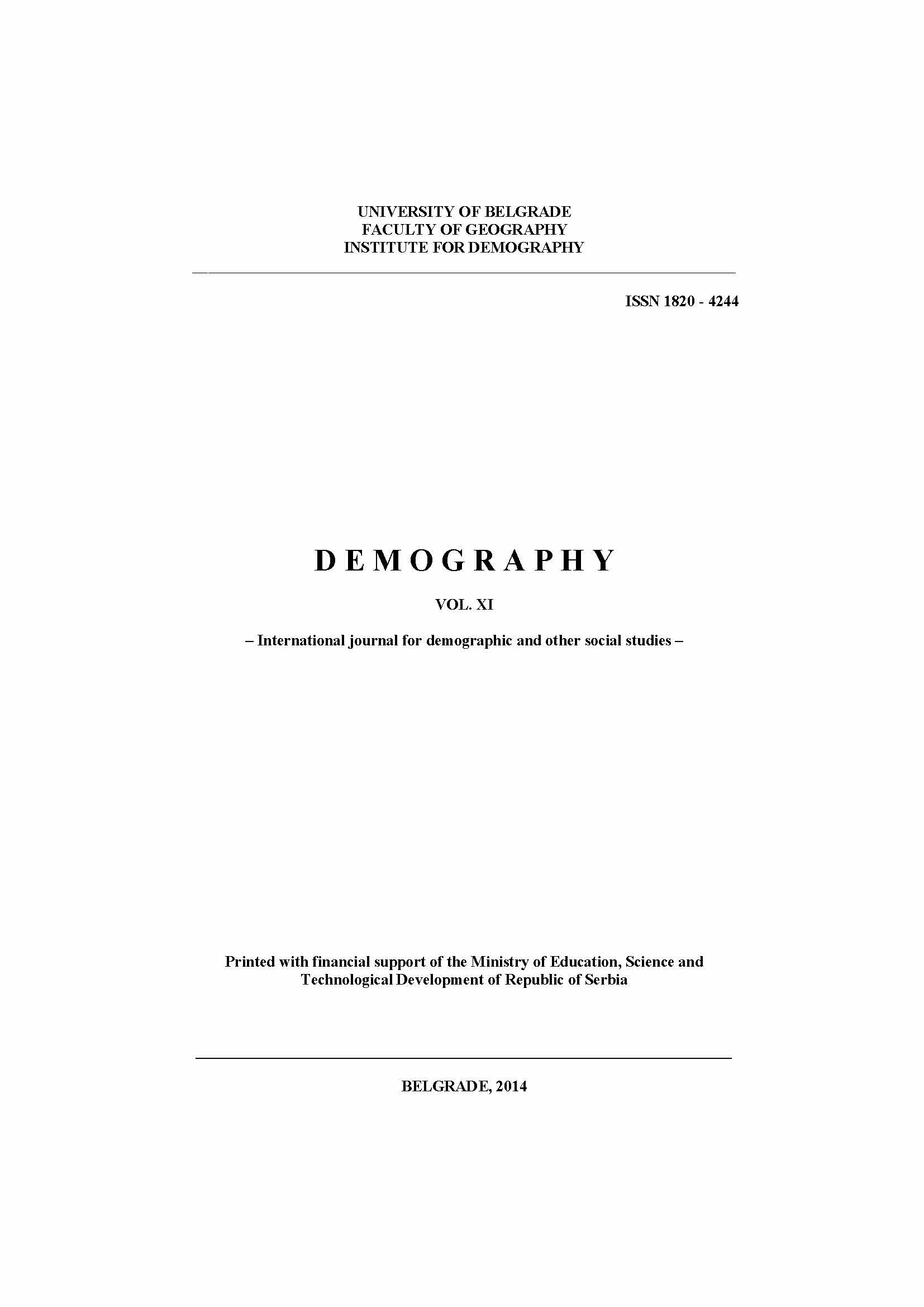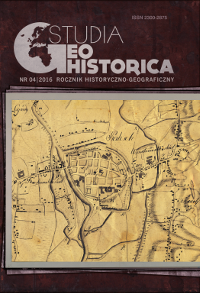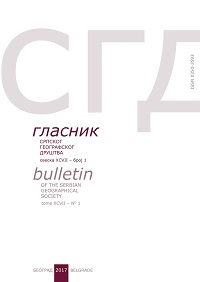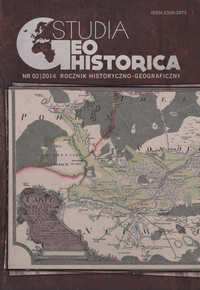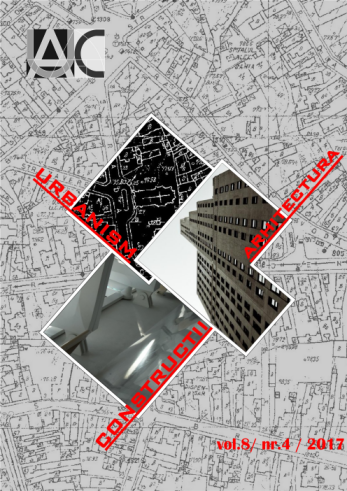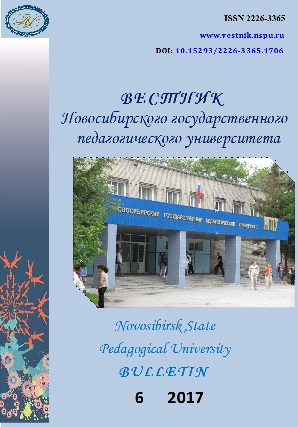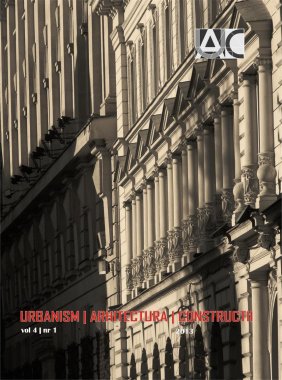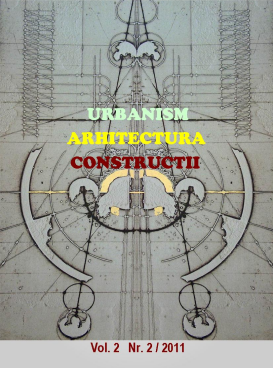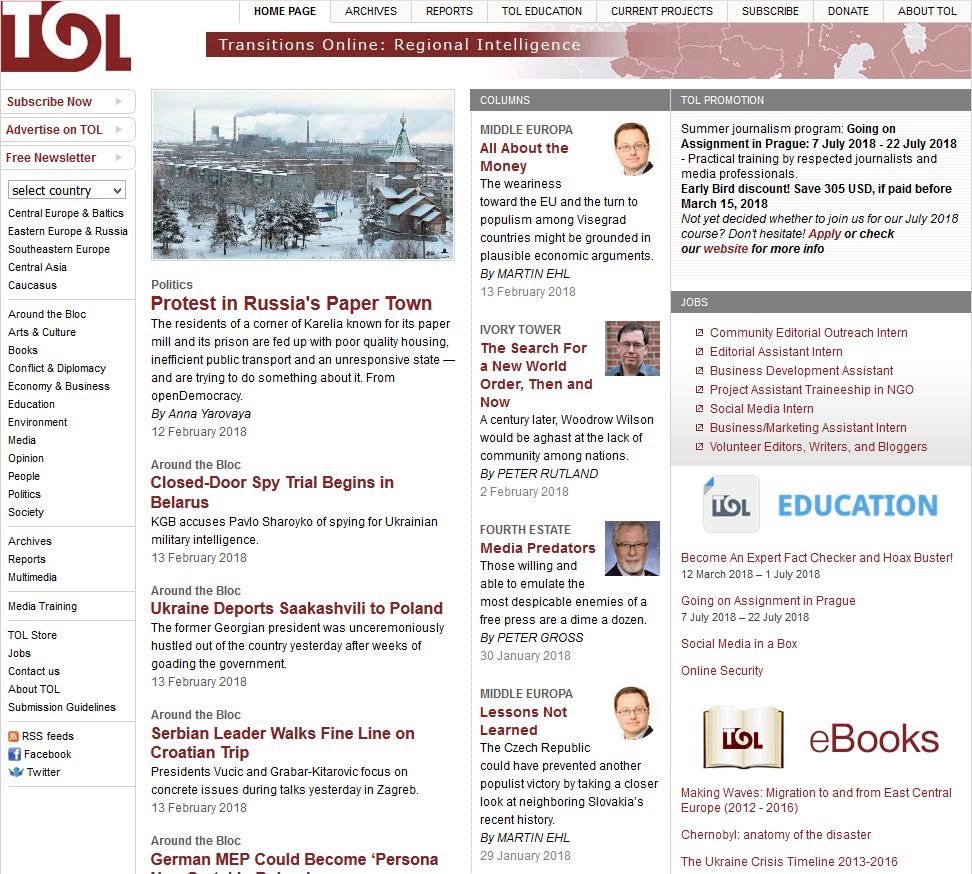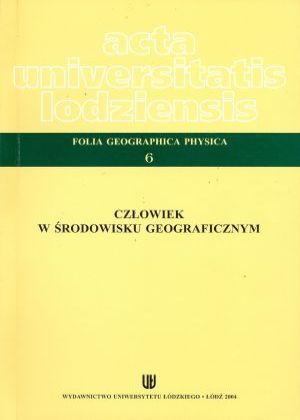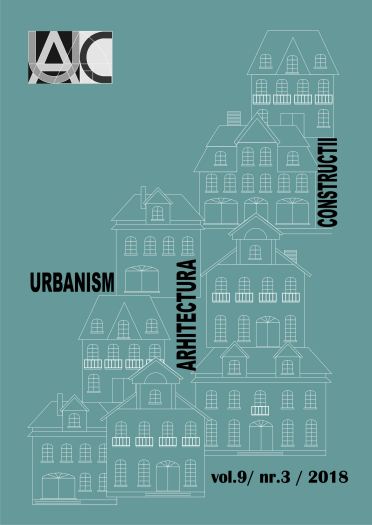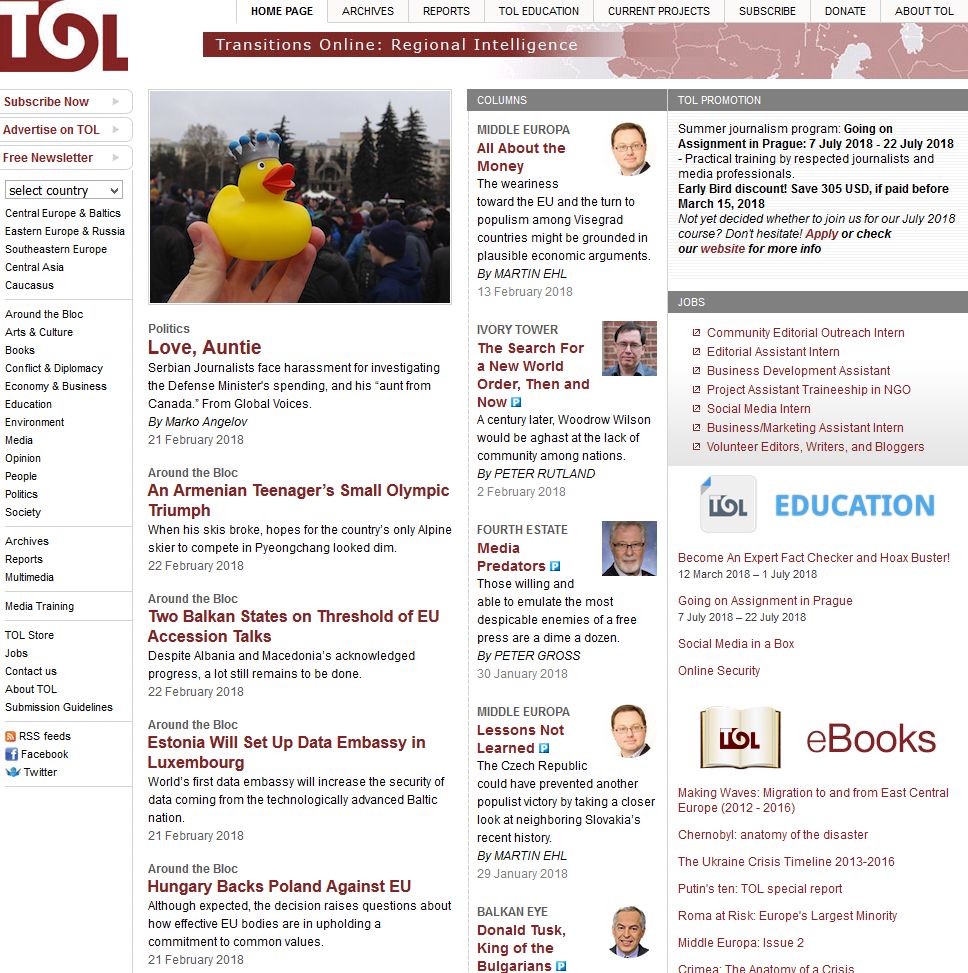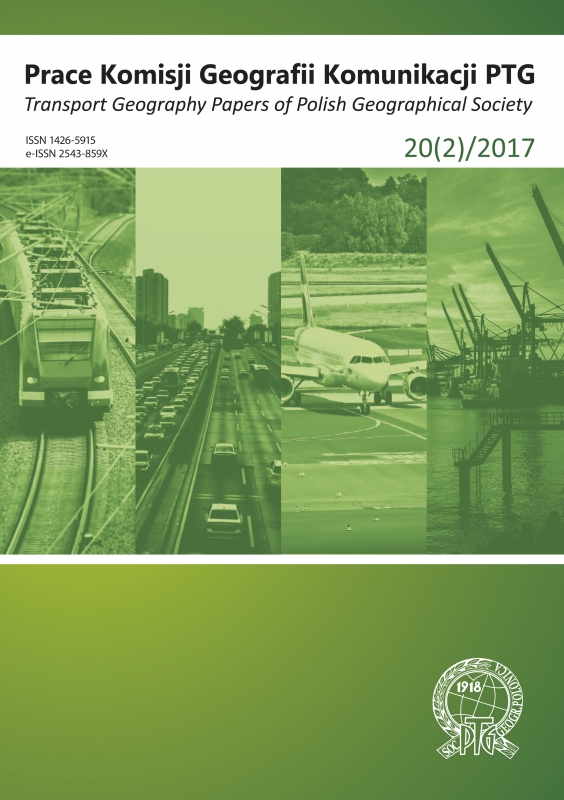
Geographic structure of road transportation and logistics infrastructure in the Republic of Belarus
Transportation, representing 6% of GDP, plays vital role in social and economic development of the Republic ofBelarus. The purpose of this article is to present the geographic analysis of current spatial structure of the road transportationin Belarus in 2000-2014. The choice of transport mode for the article was influenced by several factors, such as historic development,network coverage, transformational changes in productivity, rapid increase in car ownership numbers, emergenceof logistic centers and intelligent transportation systems. The article reviews the range of topics, including morphology ofthe major roads network, logistic centers spatial distribution and regional features of passenger and cargo productivity,discusses current transformational changes within the road transportation sector in Belarus. The key findings indicate thatcurrent changes in spatial structure of the road transportation in Belarus have uneven nature, shaped by social, economic,political and geopolitical external and internal factors and are a subject of interest for both transportation researchers andpractitioners.
More...
